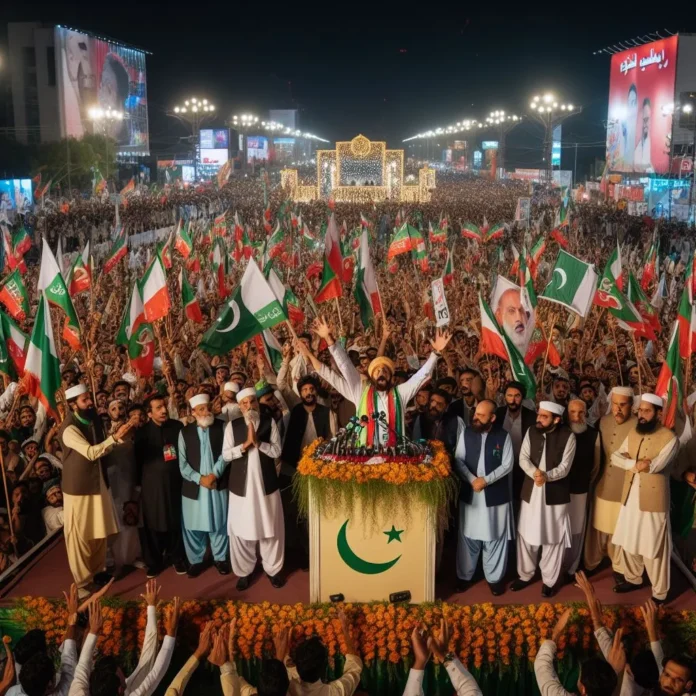The Current Dilemma in Pakistan: A Deep Dive into Ongoing Challenges
The Current State of Affairs
In recent years, Pakistan has found itself grappling with a multitude of critical issues that have significant impacts on both its local populace and international relations. From longstanding Pakistan political issues to evolving social and economic crises, the current problem in Pakistan paints a complex picture that demands attention and understanding.
Political Instability in Pakistan
Historical Context and Recent Developments
Political unrest has been a recurring theme in Pakistan’s history, marked by a succession of military coups, contentious elections, and governance challenges. This instability has been further exacerbated by recent events, which serve to underline the ongoing struggles within the country’s political landscape.
Implications for Governance and Policy
The consequences of political instability are widespread, affecting governance, the implementation of policies, and ultimately, the well-being of the Pakistani people. It also poses significant challenges to the country’s efforts to maintain relationships with international allies and tackle internal issues effectively.
Economic Challenges
Structural Problems and Foreign Debt
Pakistan’s economy faces an uphill battle against structural issues, including a hefty foreign debt burden, a widening trade deficit, and insufficient industrial growth. These challenges hinder the country’s development and prosperity efforts, propelling it towards seeking financial assistance from international entities like the IMF.
Impact on Everyday Life
The economic problems facing Pakistan have tangible effects on its citizens, translating to higher rates of unemployment, inflation, and poverty. The struggle to maintain a decent standard of living becomes increasingly difficult for many Pakistani families.
Social Issues
Healthcare and Education Disparities
Among the critical social issues in Pakistan are the stark disparities in access to healthcare and education. These sectors suffer from underfunding, poor infrastructure, and a lack of resources, severely impacting the country’s ability to provide basic services to its citizens.
Minority Rights and Social Inequality
In addition to healthcare and education challenges, Pakistan contends with significant social inequality and the marginalization of minority groups. These issues are often intertwined with broader political and economic problems, creating a complex web of challenges that need to be addressed comprehensively.
Environmental Concerns
Climate Change Effects
Pakistan is significantly affected by climate change, with increasing temperatures, changing precipitation patterns, and frequent natural disasters threatening its agriculture, water resources, and overall environmental stability.
Natural Resource Management
Proper management of natural resources presents another challenge for Pakistan. Issues such as water scarcity, deforestation, and air pollution not only affect the country’s environment but also have dire implications for public health and the economy.
Conclusion: Pathways Forward
Addressing the multifaceted problems facing Pakistan requires a concerted effort from all sectors of society, including the government, private sector, civil society, and international partners. By fostering dialogue, strengthening institutions, and implementing comprehensive reforms, Pakistan can chart a path toward stability, prosperity, and equitable development.
CTA: Join the Conversation
We invite our readers to share their insights and participate in discussions about Pakistan’s future. What do you think are the most effective strategies for overcoming the challenges mentioned above? Join the conversation here and help shape a positive trajectory for Pakistan.






